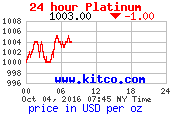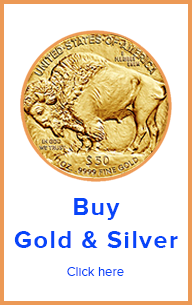Chinese Panda Gold Coin
Gold Panda Coins Portland
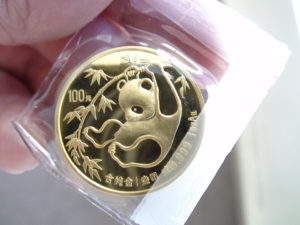
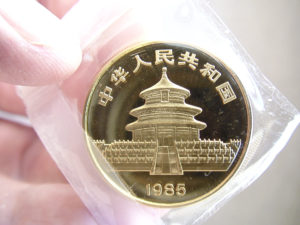
Chinese Panda Gold Coin Description
Chinese Panda gold coins are minted by the People’s Republic of China government mints. Gold Panda coins are pure gold coins, comparable to the Canadian Maple Leaf, American Buffalo and Austrian Philharmonic gold coins. In this article, we will refer to “Chinese Panda Gold Coins” as “Panda Gold Coins”, and similar evident terms.
Panda Gold Coin Types
Older Chinese Gold Panda coins are is 999 parts per 1000 fine. Newer ones are 9999 parts per 10,000 fine gold. This is the same situation as the Canadian Maple Leaf gold coin. Although in principle it, it would seem that the older gold coins are only 999 in 1000 pure gold and the newer ones 9999 in 10,000 pure, the difference is not really 10 times purer, but basically negligible. Another way to put it is that older Chinese Gold Pandas coins and older Canadian Gold Maple Leafs are 99.9% pure gold, and the new ones are 99.99% pure gold. Basically, the difference is for practical purposes theoretical only.
Panda Gold Coins History
Chinese Gold Panda minting started in 1982. The original masses were based on the Ounce Troy scale. Starting 2016, Panda gold coins passed to the “Metric” scale system but not decimal. Thus the starting 2016, Panda gold coins started to be minted at 30 grams, rather than the 31.103 grams, which is the mass in grams of an Ounce Troy. This makes it an odd gold mass coin for sure.
Panda Gold Coins Design
Chineses Panda gold coins change in design every year but there are exceptions (2001 / 2002). In addition, there are commemorative series as well. See image of “1986 Sino-American Friendship” gold coin.
The main mint design feature of the Chinese Gold Panda is that the reverse always has a Panda bear. Thus, the gold coin is named “Chinese Panda”. This panda design changes every year. The obverse of the Panda gold coin features “The Temple of Heaven”. In the commemorative Chinese Gold Panda coins, the obverse shows the commemoration design. The reverse has the variable Panda design.
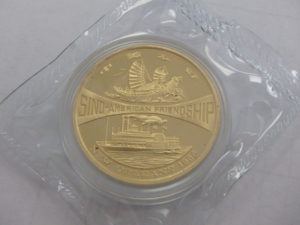
Panda Gold Coins Defects
A common flaw in early Chinese Gold Panda gold coins is the presence of red spots. This type of flaw is most likely due to the minting process. It is very unlikely that red spots are due to the gold coin material of lower fineness, or of it carrying impurities.
The most likely origin of the impurities is the striking method. Striking is the act of hitting a gold coin gold blank with a die in order to imprint a design on the gold blank’s surface. In this process, often lubricants are used to reduce friction, thus allowing the gold blank’s surface to flow more easily into the shape of the dies. Apparently, random traces of lubricant remain on the coin’s surface. With time, they oxidize. Thus, the random reddish/purplish blemishes visible at the very surface. From the numismatic point of view, the dots are not considered imperfections or reduce the minting quality itself.
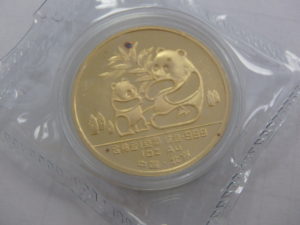
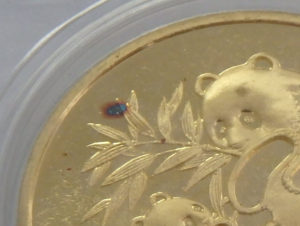
Monetary Aspects of Gold Pandas in China
In The People’s Republic of China, the Gold Panda series of coins are legal tender. Modern gold pandas have a face value, according to their mass, in Ounce Troy of 500, 200, 50 and 20 Yuan. The older series Gold Panda coins face values of 100, 50, 25, 10 and 5 Yuan.
Links:
https://en.wikipedia.org/wiki/Chinese_Gold_Panda
https://www.texmetals.com/news/the-origin-of-mint-made-defects-on-bullion-coins/
http://rare-panda-coins.blogspot.com/2009/10/red-spots-on-gold-panda-coins.html


![[Most Recent Quotes from www.kitco.com]](http://www.kitconet.com/charts/metals/gold/t24_au_en_usoz_2.gif)
![[Most Recent Quotes from www.kitco.com]](http://www.kitconet.com/charts/metals/silver/t24_ag_en_usoz_2.gif)
![[Most Recent Quotes from www.kitco.com]](http://www.kitconet.com/charts/metals/platinum/t24_pt_en_usoz_2.gif)


